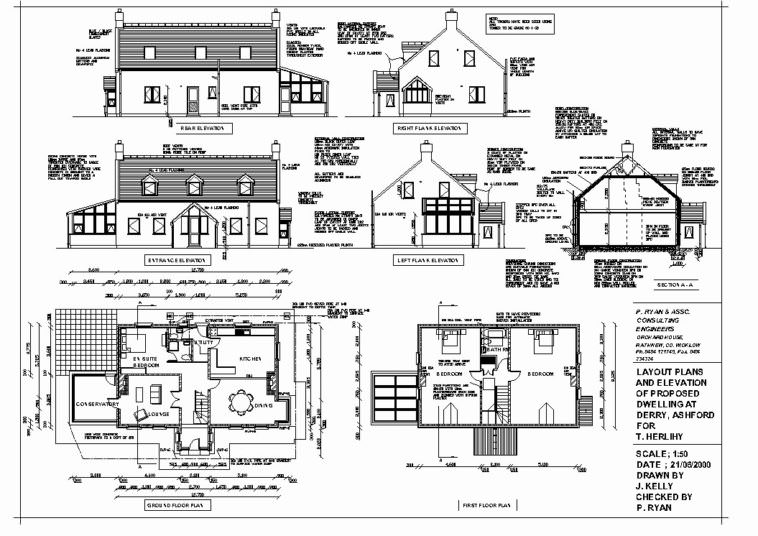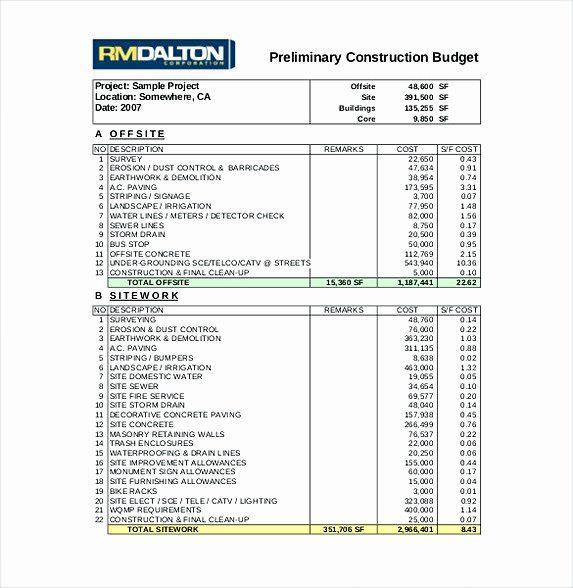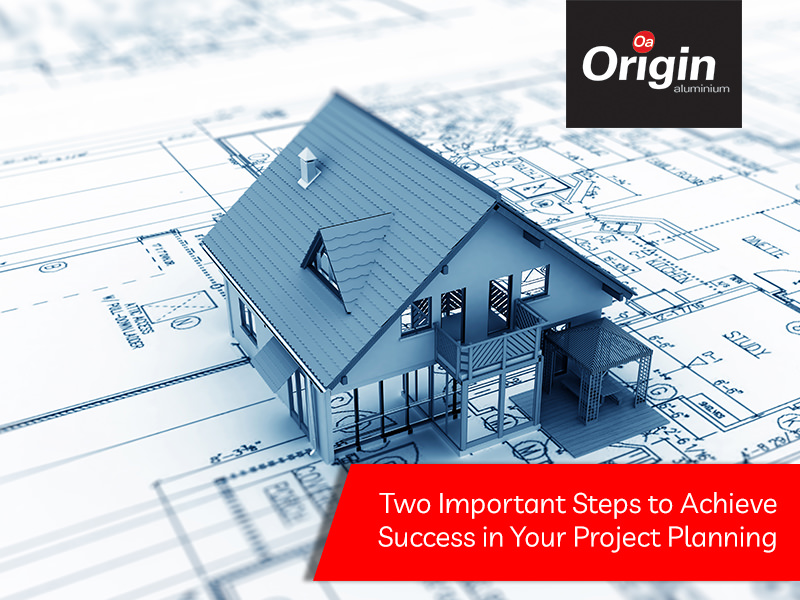Two Important Steps to Achieve Success in Your Project Planning
We’ve discussed how architects, specifying managers, and other stakeholders can become an octopus arm by working together on projects in the building industry to ensure enhanced communication and smooth flow during different phases of a project. In this article, we explore two essential steps to ensure success during the project planning phase.
Step 1: Determining the project scope
To ensure effective project planning, it is essential to define the project scope. For this, you must consider the client’s needs. This includes identifying the client’s objectives, deliverables, budget, timeline, and requirements for space, materials, and other resources.

1. Identifying the project’s objectives and deliverables
Right from the start, the project’s objectives should be identified and communicated to every stakeholder.
This ensures everyone is aware of the broad overview of what they are working on, as well as their expected level of involvement.
Ideally, objectives should adhere to the SMART principles below:
- Specific
Objectives should be well defined and clear to anyone involved in the project.
- Measurable
Objectives should allow you to provide feedback to understand how far away you are from achieving your goal with every step.
- Achievable
Considering resources and time on hand, objectives should be achievable for everyone who is part of the project.
- Realistic
Objectives should be realistic within the availability of knowledge, resources, budget, and time.
- Time-Based
There should be sufficient time to achieve every objective effectively.
Besides objectives, deliverables should also be defined before starting any work. Deliverables are tangible things produced that allow objectives to be achieved successfully.
- Measuring objectives
To measure objectives, you should be able to provide feedback throughout the process. To do this, you must ask questions such as:
Ø Are the resources sufficient and of high quality?
Ø Is the allocated time frame accurate?
Ø Are you able to finish the project within the budget?
Objectives should be achievable and if issues arise, it must have the potential to be mitigated efficiently and effectively.
2. Defining key specifications
Once the objectives and needs have been defined, you can start to put together the first draft of the design, as well as its specifications.
Putting together the blueprint, you should consider elements such as:
- Design specifications
This includes identifying specific materials that will be used, the type of aesthetic the client is looking for, as well as any restrictions that may cause problems in the next steps.
- Spatial and functional considerations
Analyse the required space needed, as well as how it will be used should there be environmental restrictions. For this, you require the physical measurements of the space. Also, keep in mind the amount of light required.
Functional considerations include determining which spaces are needed, working out the linking of the different areas, and deciding on the accessibility to spaces.
- Doing research
Once the design, spatial and functional specifications have been identified, the research phase starts. This will allow you to establish exactly how the design stage will flow and what type of resources is needed. It will also help you to understand any pitfalls or hazards that may arise throughout the process.
- Designing
The design phase includes creating construction drawings according to the needs specified. Changes will be made as the drawings are discussed with the client.

3. Listing resources
What will you need to successfully complete this project?
Answering this question will help you to list all the resources you require throughout the project, from the smallest tools to the biggest build products.

4. Defining limitations and risks
With every project, there are certain limitations and risks.
These need to be listed and solutions must be identified before starting any work. Doing this will ensure everyone is well prepared with every step of the project.

Step 2: Developing a schedule
A schedule is an important part of any project. It ensures the project’s goals are completed within the allocated time frame. It also tracks all the moving parts of the process to give you a better overview of the project.
A project schedule should ideally consist of all activities that form part of the bigger project. It should include:
Ø Milestone dates
Ø Resources assigned to each milestone
Ø A list of which resources will perform each milestone
Without a project schedule, you will not be able to track resources, costs, or time management.
The following steps are the most essential parts of putting together a schedule:
- Defining activities and working out a flow
The project manager must list all activities during the project. For example, costing, designing drafts, approving final drawings, overseeing fittings, etc. Thereafter, every activity should be put into a sequence to ensure accurate flow. Each activity should also have a time estimate to ensure the project runs within the allocated timeframe.
- Planning task dependencies
Projects do not always run according to the plan, and activities are often dependent on others. By identifying task dependencies, you can monitor and adjust the schedule as each task is completed. Doing this will help you manage delays or changes to the dependencies.
- Allocating resources
During this step, resources need to be assigned to the activities listed in the project schedule. To ensure the effectiveness of the schedule, you need to update it regularly.
Origin Aluminium’s approach to project planning
At Origin Aluminium we have a skilled team with years of experience working with architects, project managers and specifying managers on a variety of projects, both big and small. To ensure the success of every project, we:
- Provide excellent planning, installation and finishing services.
- Offer open and honest communication with every project stakeholder.
- Offer a range of high-quality aluminium doors and windows for residential and commercial build projects.
- Provide excellent pricing.
Our many years of experience allow us to effectively meet the objectives of clients with every project.



